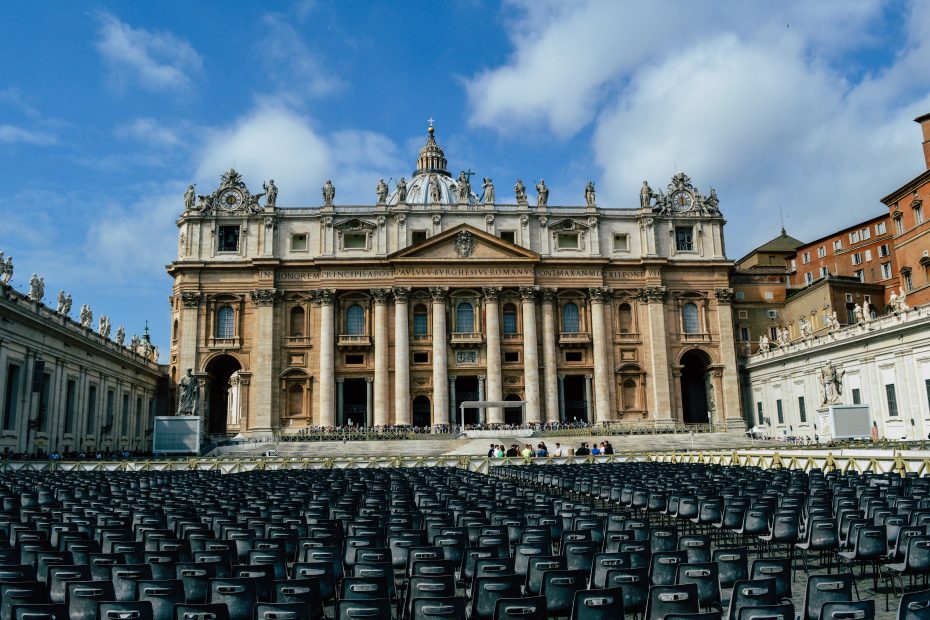“
Notable Events and History
Castel Sant’Angelo witnessed many dramatic moments in Rome’s history. During the Sack of Rome in 1527, it provided refuge for Pope Clement VII and the papal household as the city was ravaged by imperial troops. In 1599, Beatrice Cenci was imprisoned before her public beheading on charges of murdering her abusive father. The castle also served as a secret escape route for popes in times of danger. A covered passageway leading to the Vatican allowed popes to covertly flee through the castle in the event of an attack on the city. These narrow corridors and strategic river access preserved the lives of popes through centuries of turmoil.
Conclusion
From an imperial tomb to an imposing papal fortress, Castel Sant’Angelo has endured and adapted through the ages while preserving its iconic form. Its rounded shape, modeled after the great mausoleum of Augustus, inspired countless imitations across Europe. Though it no longer imprisons enemies of the church or shelters popes, it remains deeply entrenched in Rome’s urban identity – an enduring emblem of the city’s rich history. Visitors continue to flock to its ramparts for glimpses into the city’s storied past.
FAQs
Who commissioned the construction of Castel Sant’Angelo?
The Roman Emperor Hadrian commissioned the construction of Castel Sant’Angelo between 135-139 AD. Originally named the Mausoleum of Hadrian, it was built as a tomb for Hadrian and his successors.
How did it get the name Castel Sant’Angelo?
The fortress was renamed Castel Sant’Angelo in the 14th century when it was converted into a papal fortress. The name comes from the marble statue of the Archangel Michael that adorns the top of the structure.
What famous event occurred at Castel Sant’Angelo in 1527?
During the Sack of Rome in 1527, Castel Sant’Angelo provided refuge for Pope Clement VII while the city was invaded by imperial troops. The Pope survived by escaping through the fortified passageway to the Vatican.
Which famous Renaissance artists decorated the interior of Castel Sant’Angelo?
During the Renaissance period, prominent artists like Raphael and Michelangelo were commissioned to adorn the papal apartments inside Castel Sant’Angelo with lavish decorations and artworks.
What is Castel Sant’Angelo used for today?
Today, Castel Sant’Angelo operates as a museum open to the public. It hosts temporary exhibitions and allows visitors to admire panoramic views of Rome from its iconic ramparts.
